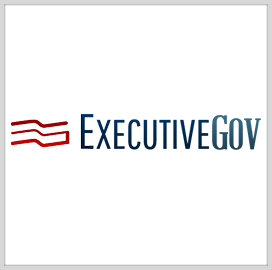Northrop Grumman Corporation and NASA have successfully completed the final sunshield deployment test on the James Webb Space Telescope, the company reported on Friday. The successful test will prepare the telescope for launch in 2021.
“The success of this important milestone demonstrates the rigor and dedication of the Northrop Grumman and NASA team,” said Scott Willoughby, vice president and program manager, James Webb Space Telescope, Northrop Grumman. “The sunshield is designed to deploy in space and that is exactly what we validated during this final round of testing.”
The James Webb Space Telescope’s sunshield will offer protection from light and heat emitted from the sun, Earth, and moon, as well as the observatory. The sunshield maintains Webb’s scientific instruments in a deep cold, approximately negative 388 degrees Fahrenheit.
To fully deploy Webb’s sunshield, the Northrop-NASA team will activate the telescope’s components and complete a series of commands to begin the release of devices, which will release the sunshield’s five layers.
Following the release of several more cable restraint devices, a coordinated series of individual motor movements are completed, which will then deploy and tension each sunshield layer. Then, the sunshield will open into a diamond-shaped form through a system of pulleys and springs.
Northrop Grumman will work to complete the next series of development, including completing the final wing deployments of the primary mirror to verify flight worthiness, followed by a final and complete full systems evaluation before shipping to the launch site.
Northrop Grumman leads the industry team for NASA’s James Webb Space Telescope. NASA leads an international partnership that includes the European Space Agency and the Canadian Space Agency. Goddard Space Flight Center manages the Webb Telescope project. The Space Telescope Science Institute is responsible for science and mission operations and ground station development.
About Northrop Grumman
Northrop Grumman solves the toughest problems in space, aeronautics, defense and cyberspace to meet the ever evolving needs of our customers worldwide. Our 90,000 employees define possible every day using science, technology and engineering to create and deliver advanced systems, products and services.


